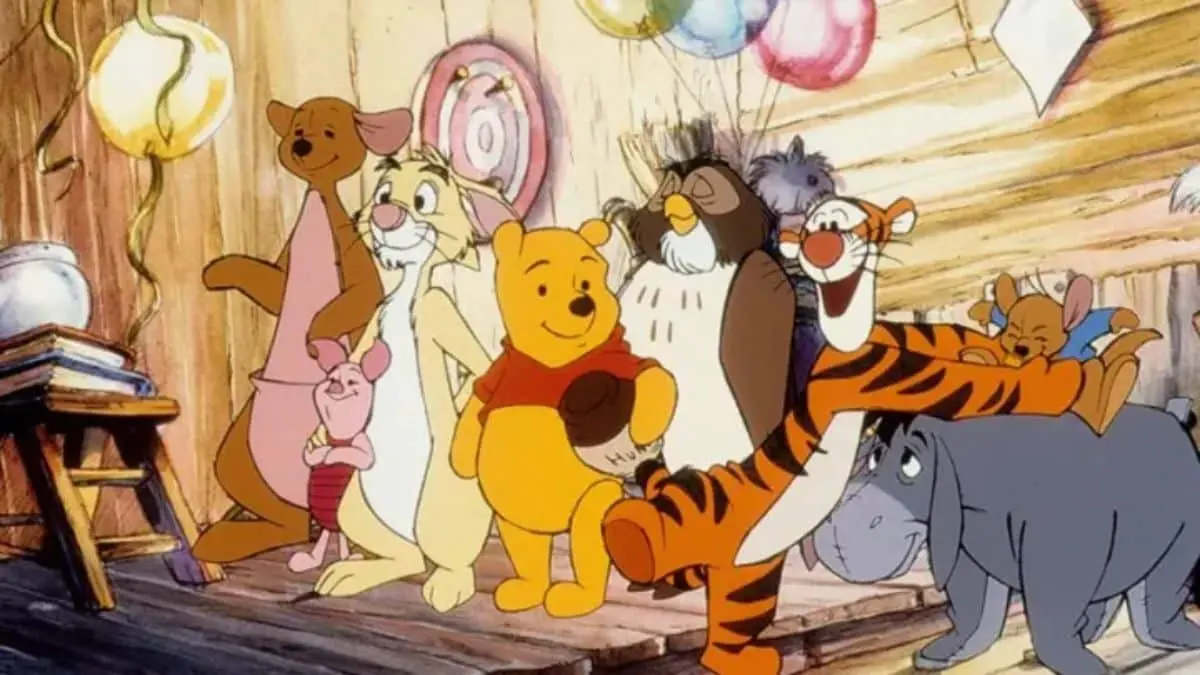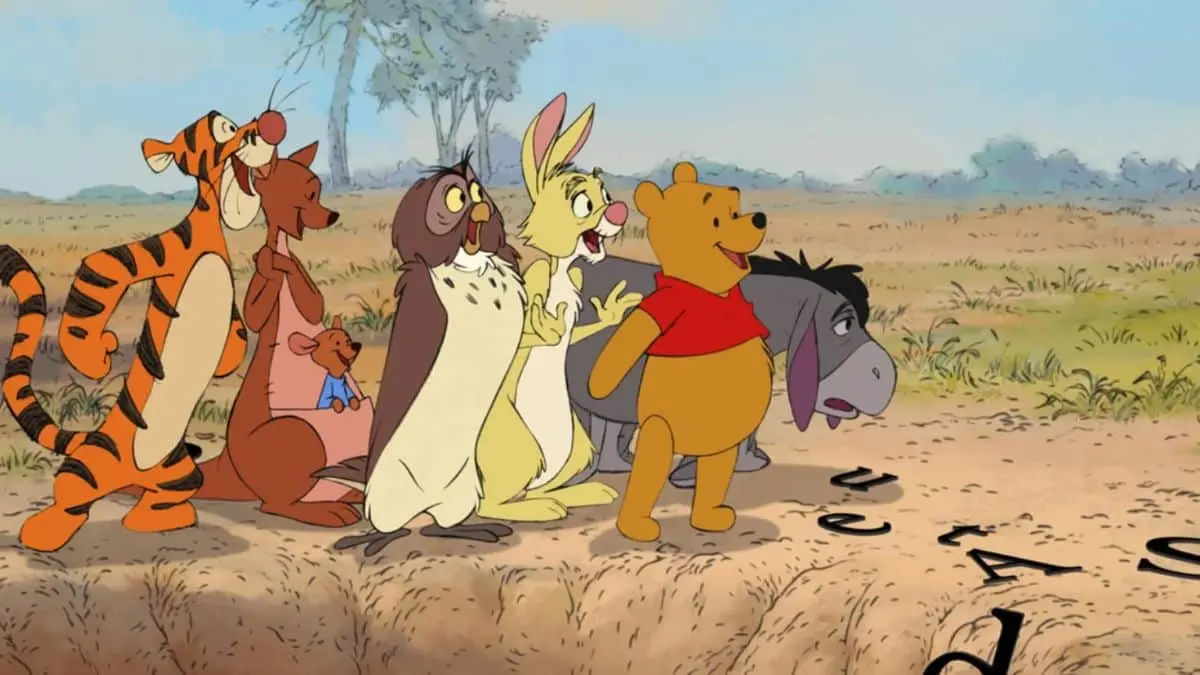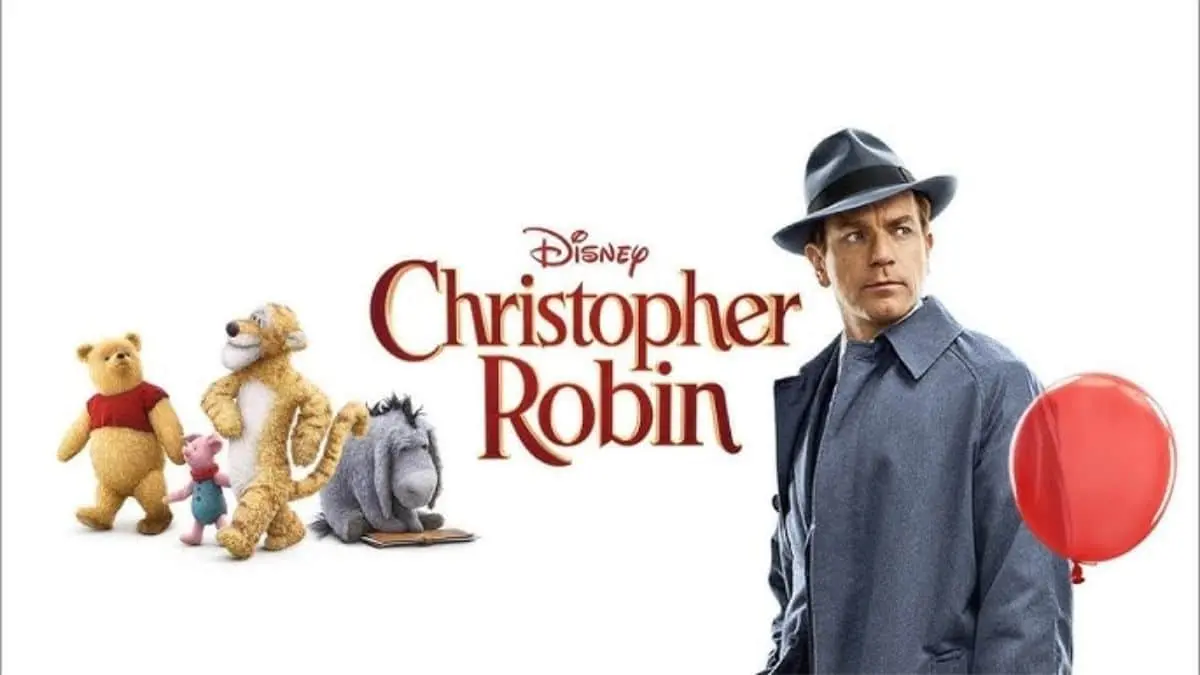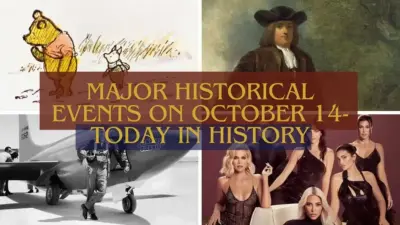In October 1926, the world was introduced to a simple, endearing bear and his friends in the Hundred Acre Wood through A. A. Milne’s beloved book Winnie-the-Pooh. As we celebrate the 98th anniversary of this timeless classic, it’s worth reflecting on what makes Winnie-the-Pooh one of the most cherished stories in children’s literature and how its appeal has remained so strong nearly a century later.
A Journey Through the Hundred Acre Wood
Winnie-the-Pooh is more than just a story about a bear who loves honey. It’s a journey through a magical world where friendship, adventure, and imagination come together. The book’s charm lies in its simplicity—Milne’s tales revolve around the everyday adventures of Winnie-the-Pooh and his friends: Piglet, Eeyore, Tigger, Rabbit, Kanga, Roo, Owl, and the young boy Christopher Robin, who was inspired by Milne’s own son.
The characters represent different facets of human personality, and Milne’s gentle humor and subtle wisdom make the stories accessible to readers of all ages. Whether it’s Pooh’s unrelenting pursuit of honey, Eeyore’s gloomy outlook on life, or Piglet’s brave heart, readers are drawn into a world that reflects both the innocence of childhood and the complexities of human relationships.

The Story Behind Winnie-the-Pooh
A. A. Milne had an illustrious career as a playwright, novelist, and poet before creating Winnie-the-Pooh. However, it was his son, Christopher Robin Milne, who provided the inspiration for his most enduring work. Christopher’s collection of stuffed animals, including a bear named Edward (later renamed Winnie after a bear at the London Zoo), became the basis for the characters that populate the Hundred Acre Wood. The stories Milne crafted were originally bedtime tales for Christopher, and they soon grew into a collection of stories that would captivate audiences worldwide.
Milne set these stories in the English countryside, drawing inspiration from Ashdown Forest near his family’s home. The simplicity of the setting—a peaceful woodland filled with natural wonders—creates a sense of timelessness that has contributed to the stories’ longevity.
The Enduring Characters
One of the key reasons Winnie-the-Pooh continues to resonate with audiences is the depth of its characters. Milne’s ability to imbue his characters with distinct, relatable traits has made them instantly recognizable and beloved by generations.
- Winnie-the-Pooh: The lovable bear with “very little brain” but a big heart. Pooh’s simplicity, curiosity, and endless optimism make him an ideal character for both children and adults. His love for honey, his endearing clumsiness, and his simple yet profound musings about life endear him to readers everywhere.
- Piglet: Pooh’s best friend, Piglet is a small animal with a big spirit. His nervous nature, paired with moments of unexpected bravery, makes him a symbol of courage in the face of fear.
- Eeyore: The melancholic donkey who never fails to see the downside of any situation, Eeyore is one of the most memorable characters for his dry wit and pessimism. Yet, despite his gloomy outlook, he is deeply loved by his friends.
- Tigger: The energetic tiger, with his boundless enthusiasm and famous catchphrase “bouncy, trouncy, flouncy, pouncy,” brings excitement and fun to the stories. His larger-than-life personality contrasts beautifully with the more laid-back nature of the other characters.
- Christopher Robin: As the only human character in the Hundred Acre Wood, Christopher Robin is both a leader and a caretaker. His imagination brings the characters to life, and his wisdom, though childlike, often guides his friends through their adventures.
These characters represent universal aspects of the human condition, and Milne’s subtle exploration of these traits makes the stories resonate on an emotional level.

Milne’s Timeless Storytelling
A. A. Milne’s writing style plays a significant role in the enduring success of Winnie-the-Pooh. The stories are simple yet layered with meaning, providing both entertainment and wisdom. Milne’s use of humor, wordplay, and dialogue is gentle and whimsical, yet it often carries deeper philosophical undertones that encourage readers to reflect on life’s greater questions.
At its core, Winnie-the-Pooh is about friendship, kindness, and the simple pleasures of life. Milne never shied away from touching on deeper themes like loss, loneliness, and insecurity, but he always framed them in a way that felt safe and comforting. This balance between lightheartedness and emotional depth is what makes the stories so timeless.
The Success of the Illustrations
No discussion of Winnie-the-Pooh would be complete without mentioning the iconic illustrations by E. H. Shepard. His delicate, playful line drawings perfectly complement Milne’s text, bringing the characters and their world to life in a way that has become inseparable from the stories themselves. Shepard’s illustrations have remained some of the most beloved in children’s literature, defining the visual style of Winnie-the-Pooh for nearly a century.
From Book to Screen: Pooh’s Impact on Popular Culture
The enduring appeal of Winnie-the-Pooh extends far beyond the pages of the original book. Since its publication, Pooh and his friends have been adapted into various films, television series, and merchandise, bringing the Hundred Acre Wood to new audiences. The most famous adaptations are Disney’s animated versions, which began with Winnie the Pooh and the Honey Tree in 1966. Disney’s adaptations have introduced generations of children to the stories, further cementing Pooh’s place in popular culture.
The enduring love for Pooh and his friends is evident in the continuous stream of new adaptations, from animated features to live-action films like Christopher Robin (2018). Each new generation finds something to connect with in Milne’s stories, proving that Winnie-the-Pooh is truly a tale for all ages.

Why Winnie-the-Pooh Continues to Endure
At its heart, the magic of Winnie-the-Pooh lies in its universal themes. The stories explore the beauty of friendship, the comfort of routine, and the joy of simple pleasures, all of which resonate across cultures and generations. Milne’s gentle humor, profound wisdom, and unforgettable characters have made Winnie-the-Pooh a beloved part of childhood for nearly a century.
As Winnie-the-Pooh turns 98, it’s clear that A. A. Milne’s classic has not only stood the test of time but has grown even more cherished as the years go by. Whether you are returning to the Hundred Acre Wood after many years or discovering it for the first time, the world of Pooh and his friends remains a comforting, whimsical escape—a testament to the timelessness of Milne’s creation.
Also Read: The Impact of Classic Literature on Modern Writing



